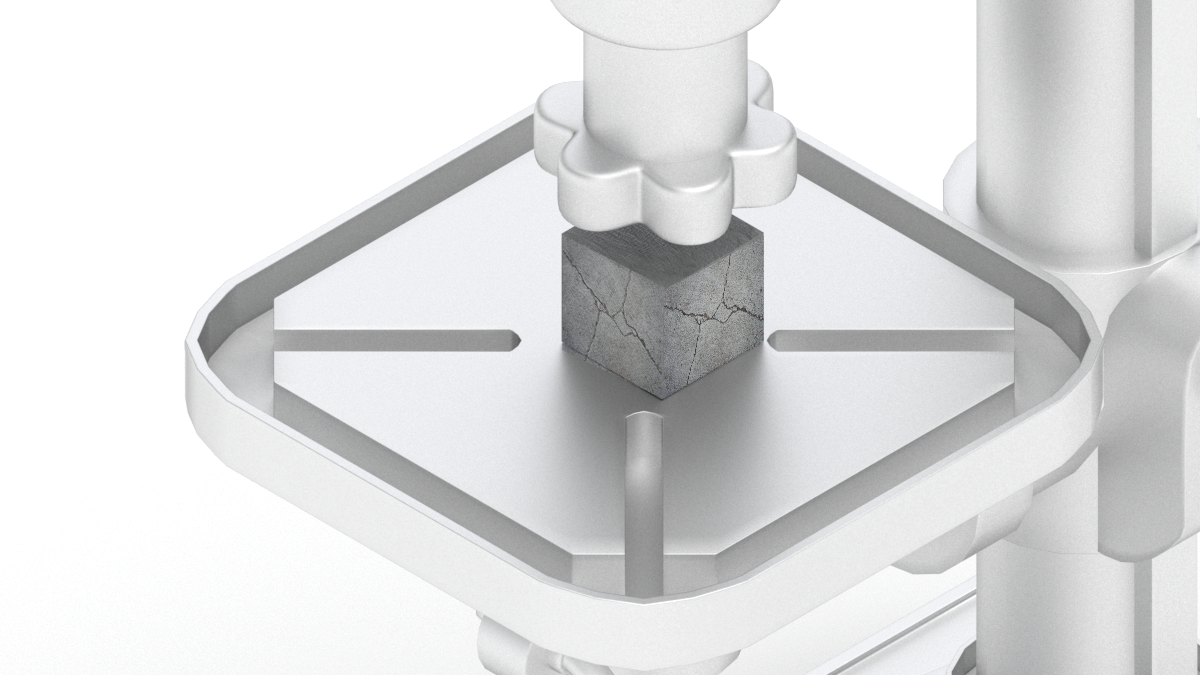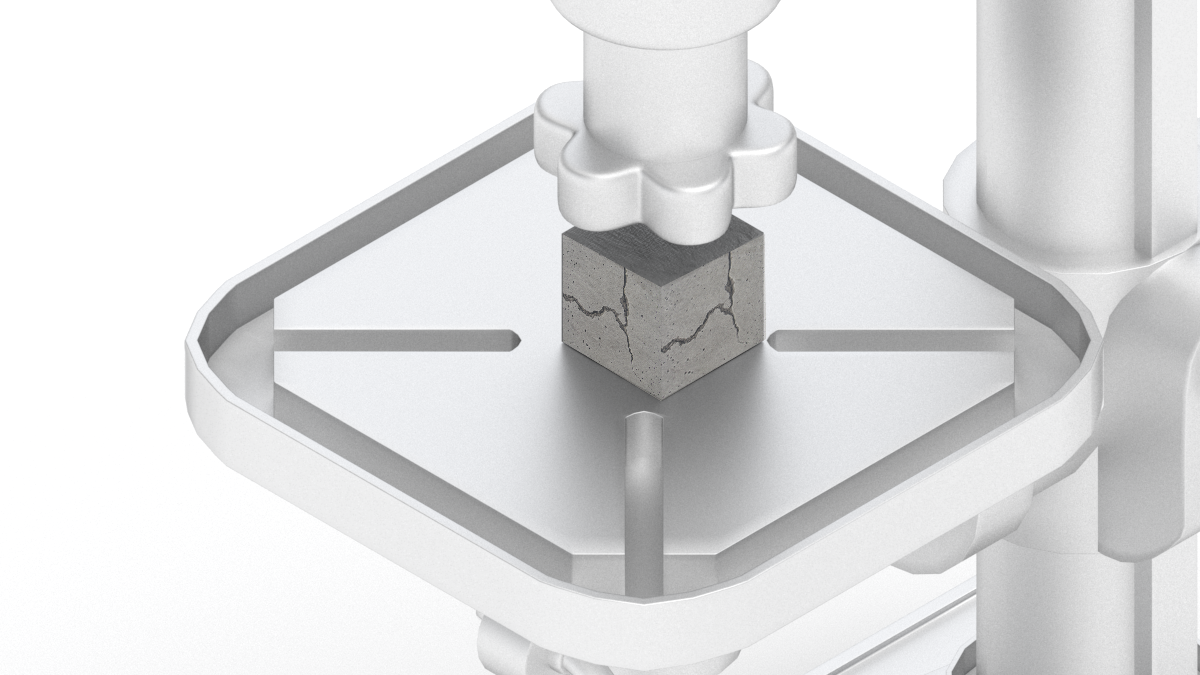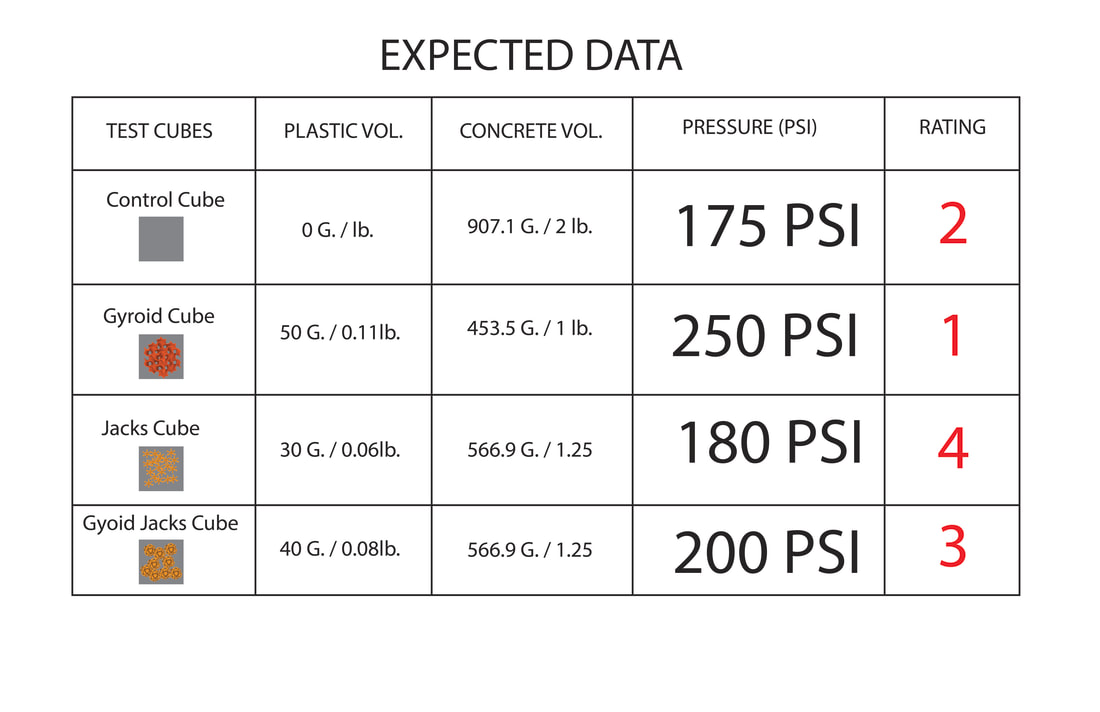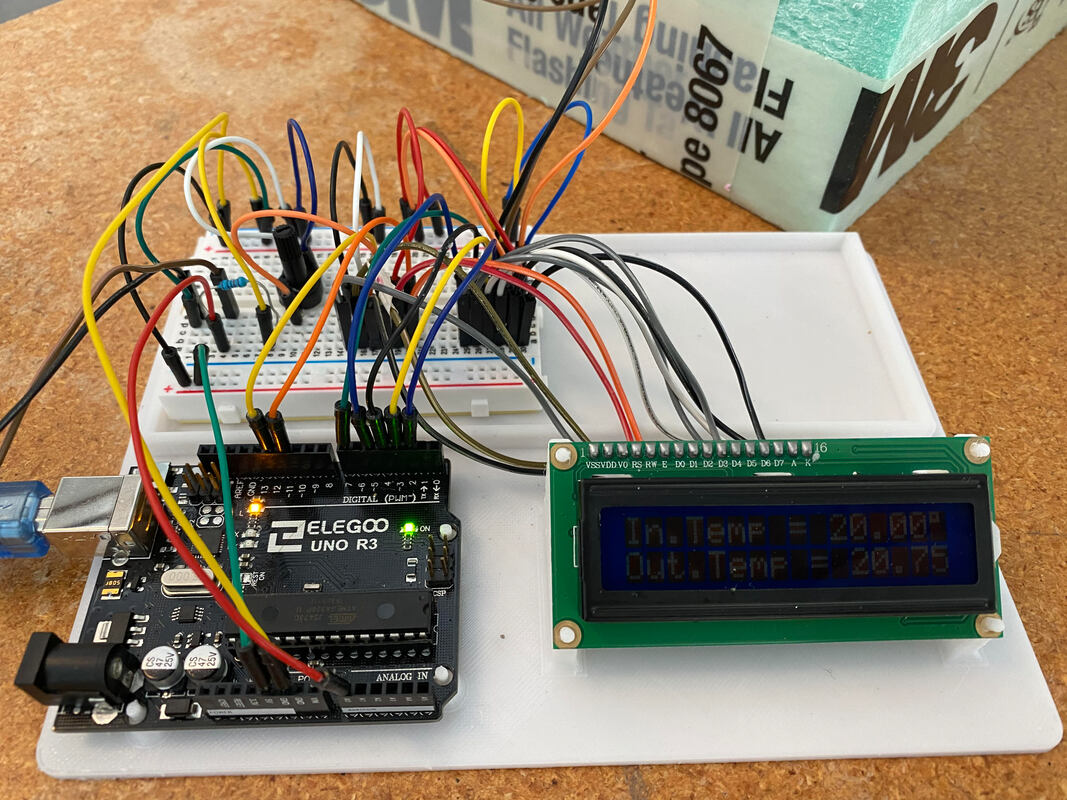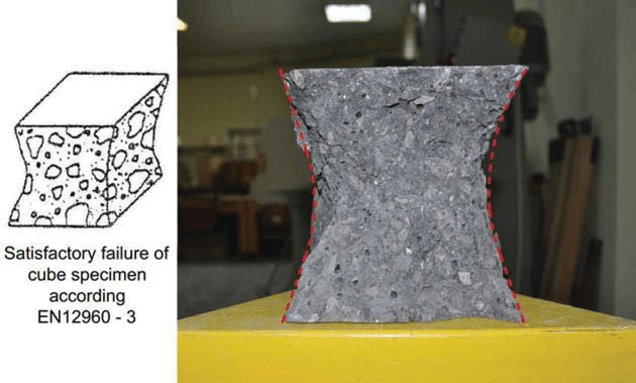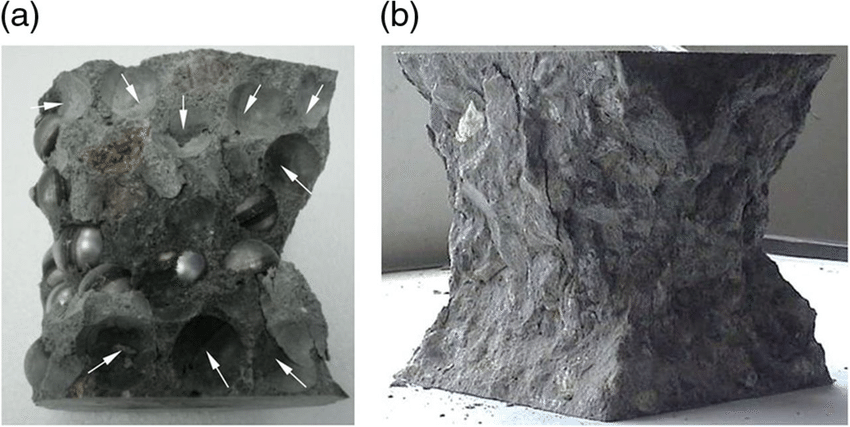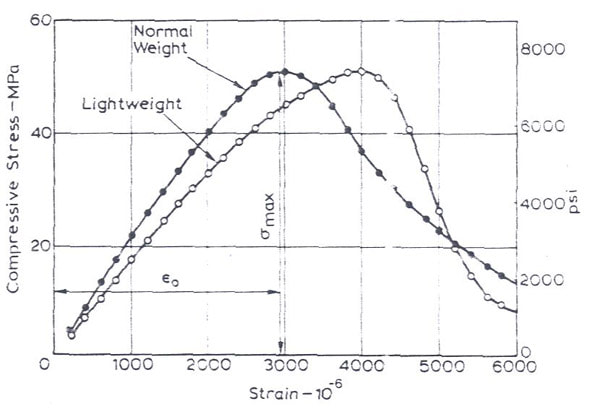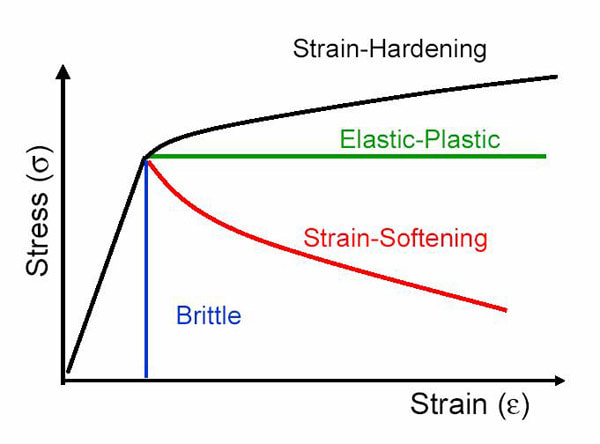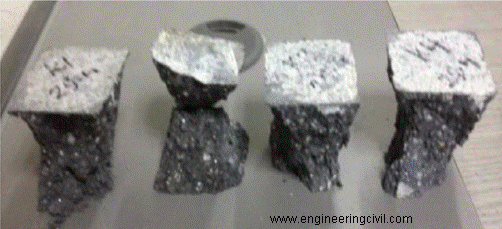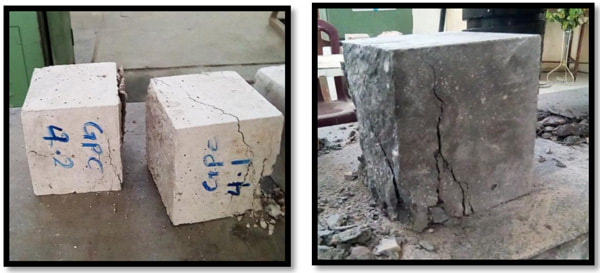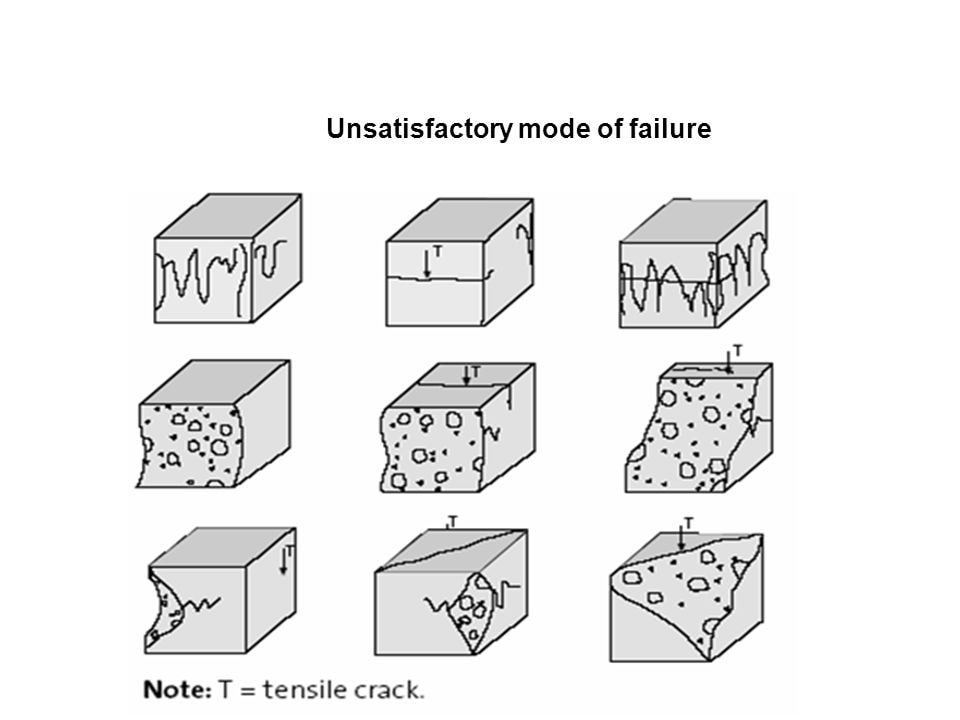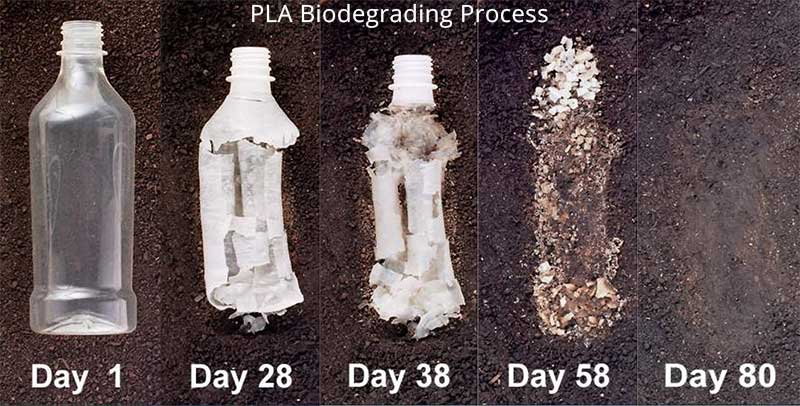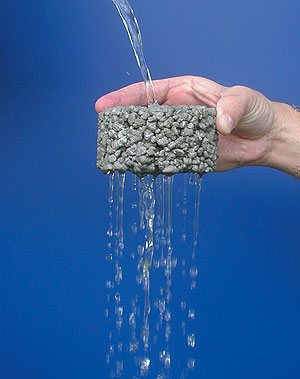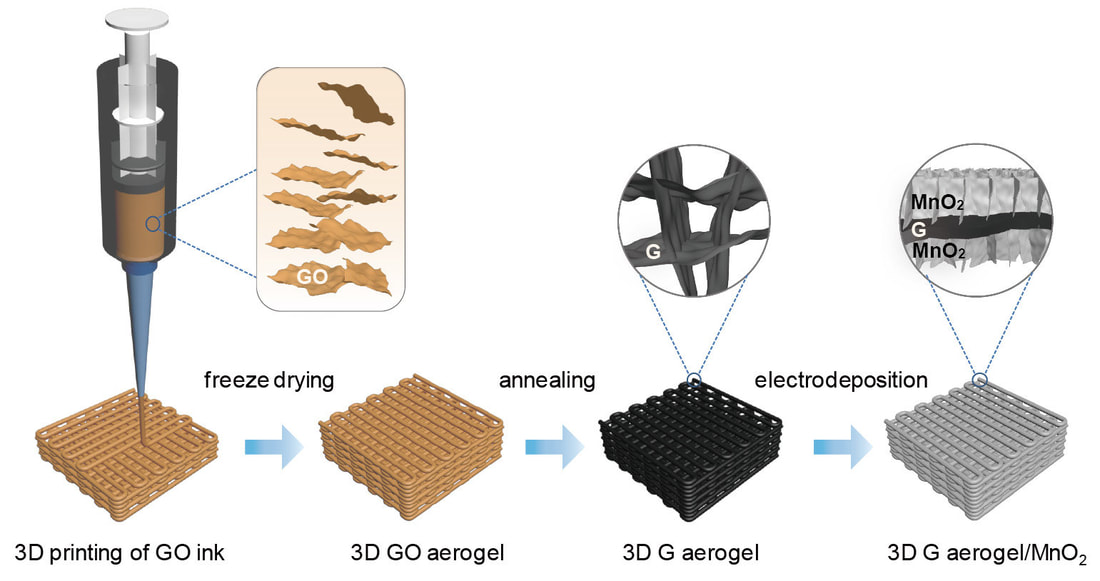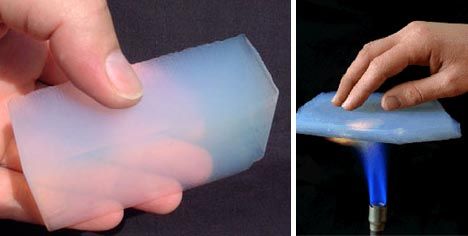Results
Report your findings and most importantly: why they are relevant. This may come in the form of graphs, animations, infrared photographs, etc.
Do they match your initial hypothesis?
Do they match your initial hypothesis?
Possible Outcomes of Tests :
Our Expected Results
Progressive Stress Failure of Concrete :
Satisfactory Test Failure :
"Although the ductility of concrete is several orders of magnitude lower than steel, it still exhibits considerable deformation before failure. In conventional testing machines, where the test is performed under control of loading rate, a sudden failure of the specimen occurs as soon as the maximum load level is reached – the machine gives small increments of load to the specimen and the resultant deformation is measured, as a result, when the incremental load goes over the maximum level, the specimen fractures suddenly."
Prof. Jason Weiss, School of Civil Engineering, Purdue University.
Prof. Jason Weiss, School of Civil Engineering, Purdue University.
Results : Image Simulates Objects Embedded Within Concrete. // Desired Fracture
Typical failure patterns of concrete cube (a) steel-encapsulated PCM-concrete and (b) normal weight aggregate concrete.
Our tests would "hypothetically" result in something similar to the image above. The geometry within the cube would allow the concrete to have a stronger bond.
Our tests would "hypothetically" result in something similar to the image above. The geometry within the cube would allow the concrete to have a stronger bond.
Stress Strain Curve // Modulus of Elasticity
"It is interesting to note that although cement paste and aggregates individually have linear stress-strain relationships, the behaviour for concrete is non-linear. This is due to the mismatch and microcracking created at the interfacial transition zone."
Prof. Jason Weiss, School of Civil Engineering, Purdue University.
Prof. Jason Weiss, School of Civil Engineering, Purdue University.
Modulus of elasticity (also known as elastic modulus, the coefficient of elasticity) of a material is a number which is defined by the ratio of the applied stress to the corresponding strain within the elastic limit. Physically it indicates a material’s resistance to being deformed when a stress is applied to it. Modulus of elasticity also indicates the stiffness of a material. Value of elastic modulus is higher for the stiffer materials.
Modulus of Elasticity, E=f/s
Here, f = applied stress on a body
s = strain to correspond to the applied stress
Working stress correlates to the modulus of elasticity, that is why it is necessary to record small load increments during the test.
Modulus of Elasticity, E=f/s
Here, f = applied stress on a body
s = strain to correspond to the applied stress
Working stress correlates to the modulus of elasticity, that is why it is necessary to record small load increments during the test.
Examples : Successful Tests
These are samples of successful failures. Given the geometries added to each cube, the test results would vary. The successful geometries would be redesigned in terms of size, and volume of "aggregate" per a 2.5" x 2.5" x 2.5" Cube.
Examples : Failed Tests
It is very possible for some of our test results to fail with uncontrolled cracks. We are hypothesizing that with the amount of texture on each geometry, the micro cracks would be minimized, or distributed evenly around the aggregate. Again, the idea would be for the concrete to fail before the bonding failed ?
Test Cube Failure Diagrams :
We are hypothesizing about about the possible solutions to these types of tensile cracks. The way in which concrete bonds to the plastic texture might create feasible solutions.
Possibilities of 3D printed materials in concrete according to analysis :
Ceramic Foam : Lattice 3D print could be filled with concrete; perhaps increasing insulation capabilities.
3D Printing Metal : Lattice Structure // Similar to rebar.
Plastic Decay Within Concrete Overtime // Porous Structure
"PLA requires a laundry list of conditions to effectively break down. Specifically - oxygen, a temperature of 140+ degrees, and a 2/3 cocktail of organic substrate. Collectively, these are absent in any scenario outside of industrial composting facilities. This means that PLA plastic will sit for a very long time."
2020, Filabot
2020, Filabot
"The Filabot, for lack of a better engineered example, is capable of turning your old PLA or ABS prints into fresh filament again so you can indefinitely extend the practical life of the material. Plastic, once it has been industrially produced, is categorically best staying plastic. Giving this plastic renewed purpose is the key, and is ultimately a far more productive future than an impractically slow death in the ground."
2020, Filabot
2020, Filabot
